India: Counterpoint to Global Electrification

Last week we reported on the headway electric vehicles are making in the Netherlands, framing the situation as idyllic for EVs. Less picturesque for plug-in sales is India — a nation that has similarly attempted to encourage the proliferation of electric cars, but with unimpressive results. As it turns out, India makes a stellar counterpoint for worldwide electrification.
Based on the success EVs have seen over the last few years, you’d think the government was asking everyone to start eating hamburgers. Despite having a population of 1.34 billion people, with more of them becoming drivers every day, just 8,000 EVs have been sold in the nation over the last six years.
India’s first problem is a populace that lacks the means to buy these vehicles. Examining the summer launch of Hyundai’s Kona Electric, Bloomberg reported that it still costs roughly the same there as it does here. At $35,000, that makes the Kona far too expensive for most Indians who earn an average of just $2,000 a year. The manufacturer only delivered 130 examples through August, with little prospect for better in the months to come.
Most vehicles sold in the region don’t go for more than $9,000, with some of the country’s most popular models retailing for far less. For example, Suzuki’s Alto goes for the U.S. equivalent of $4,050 and happens to be the nation’s best-selling automobile.
“The affordability of electric cars in India is just not there,” said R.C. Bhargava, chairman of Maruti Suzuki India. “I don’t think the government or the car companies expect that in the next two to three years there will be any real buying of electric vehicles.”
From Bloomberg:
The segment still isn’t making meaningful strides more than four years after the government started promoting cleaner vehicles for one of the world’s most-polluted countries. In February, Prime Minister Narendra Modi’s administration committed to spending $1.4 billion on subsidies, infrastructure and publicity.
Maruti [Suzuki] not introducing its first EV until next year. Tata Motors Ltd. and Mahindra & Mahindra Ltd. build some base-level electric cars, yet they have a limited range or are exclusively for government use. The Kona gives Hyundai a first-mover advantage in a market where EVs may comprise 28 [percent] of new vehicle sales by 2040, according to BNEF.
Not only Hyundai sees opportunity in Asia’s third-largest economy. MG Motor, the iconic British carmaker owned by China’s SAIC Motor Corp., and Japan’s Nissan Motor Co. see EVs as a way to expand in the country.
“Somebody has to take the leadership, and it will trickle down,” said Rajeev Chaba, managing director of MG Motor India, which plans to launch an electric SUV by December.
Being first has its advantages, but those rushing into India without a plan are likely to suffer. Despite an overwhelmingly large population, only about 150 million Indian residents can drive. While the potential for growth is inspiring, it’s currently dormant.
Realistically, wages would need to come by a huge margin for people to seriously consider EVs in meaningful volumes. Battery prices would also need to plummet and the country would have to get serious about installing a nationwide charging infrastructure. Bloomberg estimated that India had an estimated 650 charging stations in 2018 vs China’s 456,000 charging points.
The country’s size, roughly 1/3 of the United States, makes deciding where and when to implement charging zones a significant challenge. Locals don’t see a point in installing EV stations when adoption rates are slow and the government is hesitant to spend more money for the same reasons. But without a charging infrastructure, it’s difficult to for consumers to rationalize the purchase of an EV — creating a a feedback loop that might stymie electric adoption indefinitely.
The broader Indian automotive market is also proving to be troublesome. Passenger vehicle registrations plunged as much as 30 percent over the summer, handicapped by tightening emission rules, tax changes, and widespread banking issues. Non-banking finance companies were doing the heavy lifting for vehicle purchases for years, but many now find themselves overburdened. As a result, many lenders have closed up shop or started refusing to entertain automotive or housing loans. This has spooked traditional banks as well, making them similarly hesitant to offer loans deemed high risk.
“There is an imminent crisis in the non-banking financial companies sector,” Injeti Srinivas, India’s corporate affairs secretary, told reporters last May. “There is a credit squeeze, over-leveraging, excessive concentration, and massive mismatch between assets and liabilities, coupled with some misadventures by some very large entities, which is a perfect recipe for disaster.”
This places a lot of pressure on the Indian government to make these vehicles appetizing to consumers and banks — neither of which are terribly interested right now. While there are a bevy of new incentives coming for EVs (tax breaks, import duty exemptions, etc) most of it goes toward supporting two-wheeled transportation. Similarly concerning is the fact that state-run attempts to embrace electrics as government-use vehicles have also ended in failure.
Energy Efficiency Services Ltd. (EESL), a joint venture of state-run companies responsible for replacing governmental vehicles with EVs, was awarded its first tender in September 2017 for 10,000 vehicles. As of July, agencies had accepted only 1,000 of them. EESL plans on selling the rest to taxi companies.
[Image: SNEHIT/Shutterstock]

A staunch consumer advocate tracking industry trends and regulation. Before joining TTAC, Matt spent a decade working for marketing and research firms based in NYC. Clients included several of the world’s largest automakers, global tire brands, and aftermarket part suppliers. Dissatisfied with the corporate world and resentful of having to wear suits everyday, he pivoted to writing about cars. Since then, that man has become an ardent supporter of the right-to-repair movement, been interviewed on the auto industry by national radio broadcasts, driven more rental cars than anyone ever should, participated in amateur rallying events, and received the requisite minimum training as sanctioned by the SCCA. Handy with a wrench, Matt grew up surrounded by Detroit auto workers and managed to get a pizza delivery job before he was legally eligible. He later found himself driving box trucks through Manhattan, guaranteeing future sympathy for actual truckers. He continues to conduct research pertaining to the automotive sector as an independent contractor and has since moved back to his native Michigan, closer to where the cars are born. A contrarian, Matt claims to prefer understeer — stating that front and all-wheel drive vehicles cater best to his driving style.
More by Matt Posky
Latest Car Reviews
Read moreLatest Product Reviews
Read moreRecent Comments
- Luke42 When will they release a Gladiator 4xe?I don’t care what color it is, but I do care about being able to plug it in.
- Bd2 As I have posited here numerous times; the Hyundai Pony Coupe of 1974 was the most influential sports and, later on, supercar template. This Toyota is a prime example of Hyundai's primal influence upon the design industry. Just look at the years, 1976 > 1974, so the numbers bear Hyundai out and this Toyota is the copy.
- MaintenanceCosts Two of my four cars currently have tires that have remaining tread life but 2017 date codes. Time for a tire-stravaganza pretty soon.
- Lorenzo I'd actually buy another Ford, if they'd bring back the butternut-squash color. Well, they actually called it sea foam green, but some cars had more green than others, and my 1968 Mercury Montego MX was one of the more-yellow, less-green models. The police always wrote 'yellow' on the ticket.
- ToolGuy Some of my first cars were die-cast from pot-metal in 2 pieces: body-in-white plus chassis. I spray-painted some of them, the masking was a pain. The tires did burn realistically.

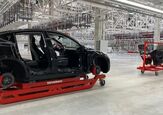
















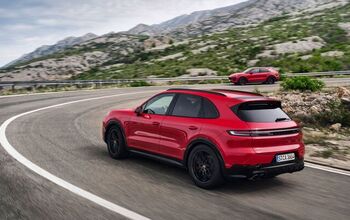
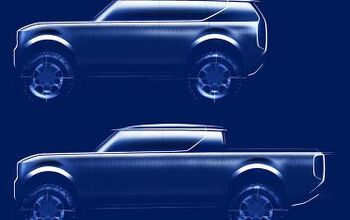
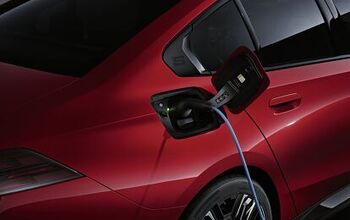

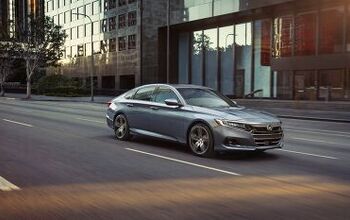

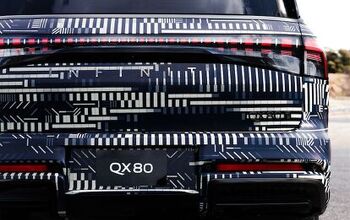



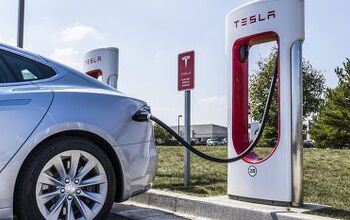

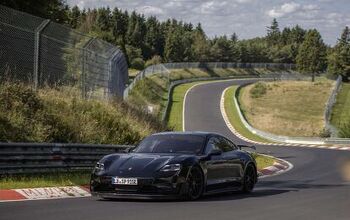


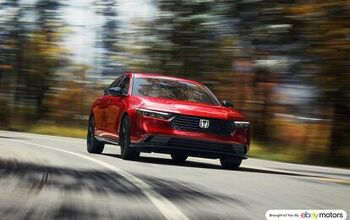
Comments
Join the conversation
How many Indians are seriously shopping first-world SUVs, regardless of propulsion? India's big EV opportunity is electric tuk-tuks. Safer than a 2-wheeler, cheaper than a 4-wheeler, an electric one is vastly cleaner than its ICE counterpart without being horribly expensive, and the battery is small enough it should recharge just fine from a regular household plug overnight so charging infrastructure isn't an issue. Boom, solved. (Now if we can just decommission those filthy coal plants...)
How many Indian homes have a garage or at least a private driveway to facilitate charging at home? I'm guessing not many, and this would be another reason for the low EV adoption rate.